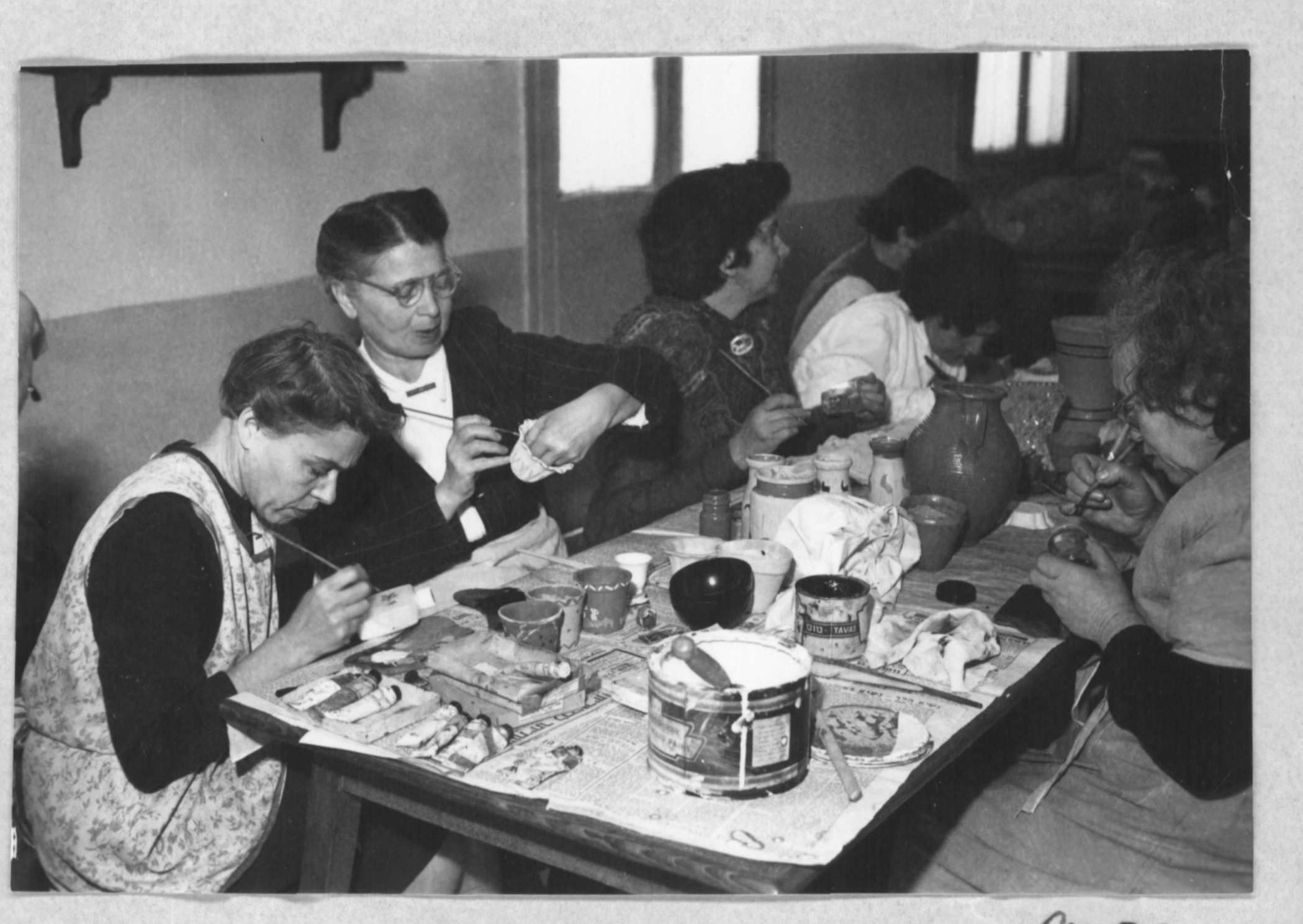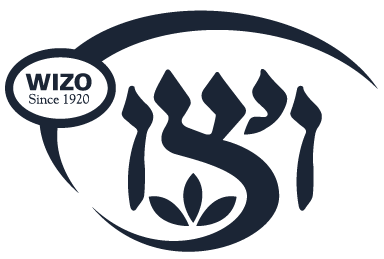
The economic burdens of the first few years forced the government to declare rationing. Minister of Rationing and Trade Dov Yosef distributed ration coupons to all citizens for food, clothing and other necessities. Aside from the challenges of a growing population, the 50’s were also marked by major development projects in Lachish in the south, and the Jezreel Valley in the north. The huge Huleh Valley land reclamation project was a symbol of the period. The decade was also marked by Fedayeen infiltrator attacks across the Jordanian and Egyptian borders and continuing threats in the region.
Vocational Training Expands
In the 1950’s, the Ministry of Labor entered into partnership with WIZO and provided part of the financing for the courses in which the Ministry was interested. This partnership continues to the present day in certain courses. Additional vocational courses in pedicure and manicure are launched in conjunction with the Ministry of Labor, and diplomas are awarded to graduates by the Ministry.
(In the photo: vocational training for women 1950. Photo: Erich Comeriner)


WIZO Milestones
1950 – WIZO begins massive work with new immigrants in the ma’abarot (transit camps), absorbing children into schools and youth villages, hosting families in the homes of WIZO chaverot (members), raising funds and providing educational and welfare services.
(In the photo: WIZO assists in the transit camps)
1951 – The Equal Rights for Women Law, proposed by WIZO Knesset member Rachel (Cohen) Kagan, is passed. Other laws promoted by WIZO and passed over the years include the Law of Common Property (1951), Law of Inheritance (1965), Grant to Families with Many Children (1965) Alimony Law (1972) and Insurance of Housewife Against Accidents (1974).
The Equal Rights for Women Law, proposed by WIZO Knesset member Rachel (Cohen) Kagan, is passed in 1951.


1956 – WIZO activist Hannah Levin is elected first female mayor of Rishon L’tzion. She later serves as Chairperson of WIZO Israel, from 1961-1971.
1958 – WIZO schools become regional high schools to absorb pupils with behavioral, family and social problems who continue to live at home. Vocational training and social integration are added to the curriculum.
(In the photo: 1953 – Students in a laboratory class, in WIZO Nahalal Youth Village)
1959 – WIZO is recognized by the UN as a Non-Governmental Organization (NGO), and becomes the first Zionist organization to be granted consultative status with ECOSOC. WIZO is granted representation (6 non-voting members) at the World Zionist Organization and Jewish Agency for Israel. educational goals, alongside agricultural training.
(In the photo: 1958 – Students in a home economics class, WIZO Nir Ha’Emek Youth Village)


